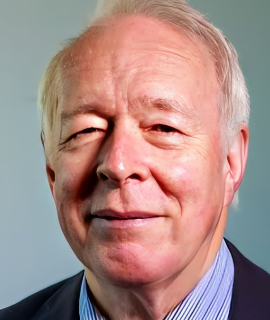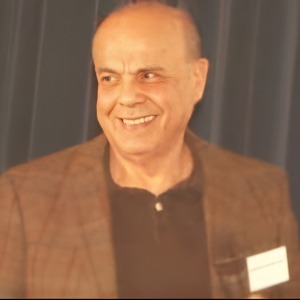Dental Ceramics
Dental ceramics are materials used in dentistry for both restoration and aesthetic purposes. These materials are capable of restoring or replacing lost or damaged tooth structure. Dental ceramics are unique because they combine both the properties of traditional dental materials and the esthetic qualities of porcelain. This combination provides a natural aesthetic appearance and superior biocompatibility relative to traditional dental materials. Dental ceramics can be categorized into two distinct types – traditional dentin replacement materials and esthetic ceramic materials. Traditional dentin replacement materials are based on the dental silicate ceramics such as feldspathic porcelain, alumina, and zirconia. These types of dental ceramics offer a range of tooth colored shades for replacement of lost or damaged enamel and dentin. Esthetic ceramic materials are, in general, directly milled using a computer controlled milling machine. These materials are based on polycrystalline ceramic materials, such as leucite-reinforced glass ceramic, lithium disilicate glass ceramic, and zirconium oxide. LiSi, a combination of lithium disilicate and zirconia, is an example of such materials. This type of dental ceramic provides excellent esthetic properties as well as strength and wear resistance. To ensure optimal clinical results, dental ceramics are bonded to natural tooth structure. Various bonding systems are available to adhere dental ceramics to enamel and dentin. Furthermore, in some cases, mechanical retention can also be used for adhesive luting of restorations. Dental ceramics have become popular and widely used materials in dentistry and have revolutionized modern restorative dentistry. They offer superior esthetics and biocompatibility compared with traditional materials in addition to being highly malleable and mimicking the natural conditions of the oral environment.

David Geoffrey Gillam
Queen Mary University of London, United Kingdom
Christopher Turner
Spacemark Dental, United Kingdom




Title : Evaluating hygienist follow up for head and neck oncology patients in secondary care: Results from a two cycle audit
Peter Basta, Newcastle Dental Hospital, United Kingdom
Title : Atypical facial pain unravelled
Christopher Turner, Spacemark Dental, United Kingdom
Title : New treatment of temporomandibular disorder through muscle balance and muscle regeneration by activation of quiescent muscle stem cells( satellite cells) with mitochondrial dynamics
Ki Ji Lee, National Reserach Foundation & Busan Medical University, Korea, Republic of
Title : Cutaneous, Cranial, skeletal and dental defects in patients with Goltz syndrome
Ali Al Kaissi, National Ilizarov Medical Research Center for Traumatology and Orthopaedics, Russian Federation
Title : The nature and management of dental erosion in patients with bulimia nervosa
Maya Fahy, The Royal Victoria, School of Dentistry, United Kingdom
Title : A systematic review on the early detection of oral cancer using artificial intelligence and electronic tongue technology
Maryam, Kardan Dental Clinic, Iran (Islamic Republic of)